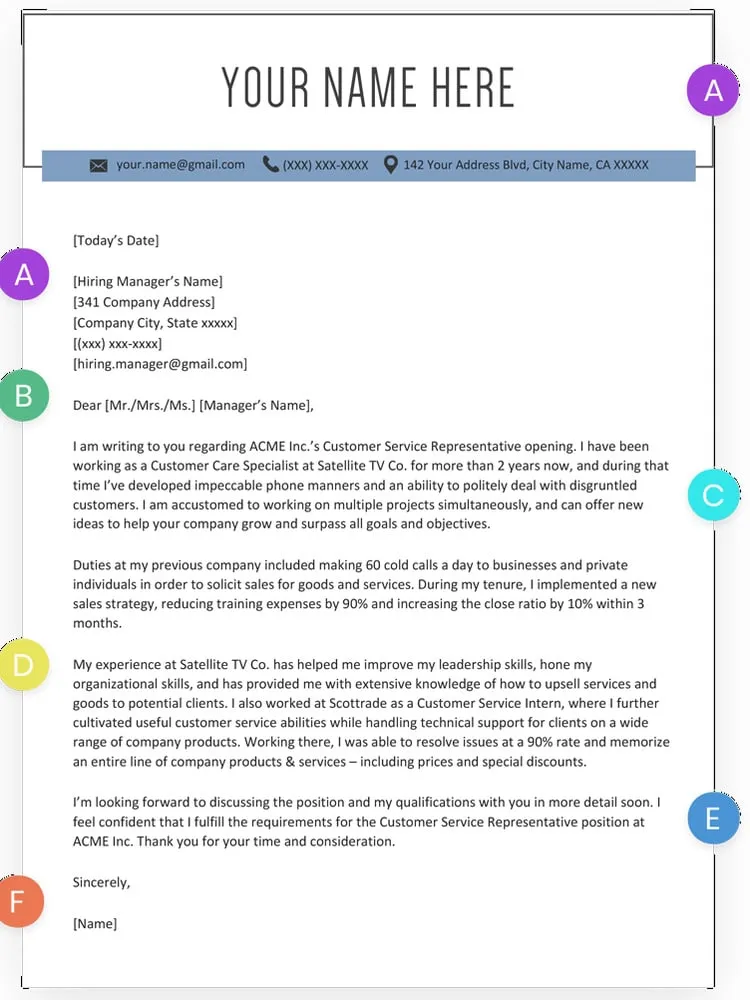Understanding the Cover Letter’s Purpose
A cover letter is more than just a formality it’s your chance to make a strong first impression and convince the hiring manager that you’re the perfect fit for the role. Think of it as your personal sales pitch a document where you can sell yourself and highlight your value proposition. Understanding this core purpose is crucial to writing an effective cover letter. It provides context to your resume and helps you showcase personality, enthusiasm and the reasons why you want to work for that specific company. Many applicants fail because they submit a generic cover letter or none at all so mastering this skill is key.
Why a Cover Letter Matters
In today’s competitive job market a cover letter significantly boosts your chances of landing an interview. It allows you to elaborate on your resume, providing context and depth to your qualifications. A well-written cover letter shows that you’ve taken the time to understand the role and the company demonstrating genuine interest. It provides a space to showcase your unique personality, writing skills, and professional communication. Many employers consider a cover letter an essential component of the application process as it offers insights into a candidate’s communication style and overall fit within the company culture. By including this document, you demonstrate professionalism and attention to detail that can set you apart from other applicants.
What Information Should a Cover Letter Include?
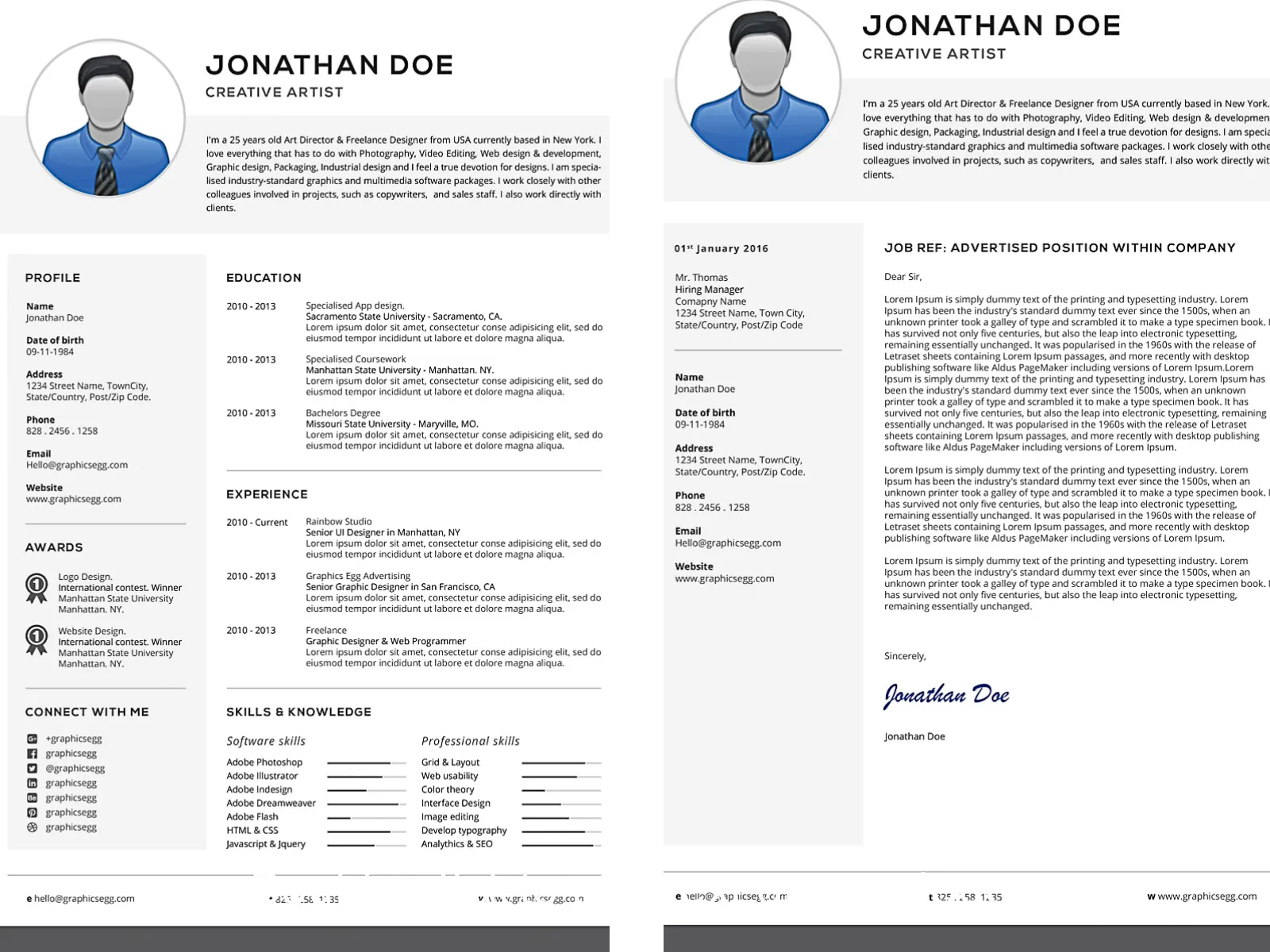
A compelling cover letter should include several key elements to make a lasting impression. Start with your contact information and the date. Address the hiring manager by name if possible this personalization demonstrates your commitment. Craft an engaging opening paragraph to grab the reader’s attention. Highlight your relevant skills and experiences. Provide quantifiable achievements and results. Demonstrate your understanding of the company and the role and express your enthusiasm for the opportunity. End with a strong call to action, inviting the hiring manager to contact you. The key is to be concise, relevant, and tailored to the specific job and company.
Your Contact Information and the Date
Begin your cover letter by including your contact information, such as your name, phone number, email address, and LinkedIn profile URL. This ensures the hiring manager can easily reach you. Below your contact details, add the date you are submitting the application. This professional formatting is standard and demonstrates attention to detail, reflecting positively on your application. Make sure your contact details are up-to-date and professional; an outdated email address can create a negative impression. Clear and accurate contact information is the first step in making a strong impression.
The Hiring Manager’s Name and Title
Address the cover letter to the hiring manager by name whenever possible. Researching the hiring manager’s name shows you’ve invested time and effort in the application process. If you cannot find a specific name, use a professional greeting like “Dear Hiring Manager” or “Dear [Department] Team”. Addressing the letter to a specific person creates a more personalized and engaging tone, improving the likelihood of the hiring manager reading your letter. This demonstrates you’re not just sending a generic application, but one tailored to their company and the role. Always double-check the spelling of the name to show respect.
Opening Paragraph Hooking the Reader
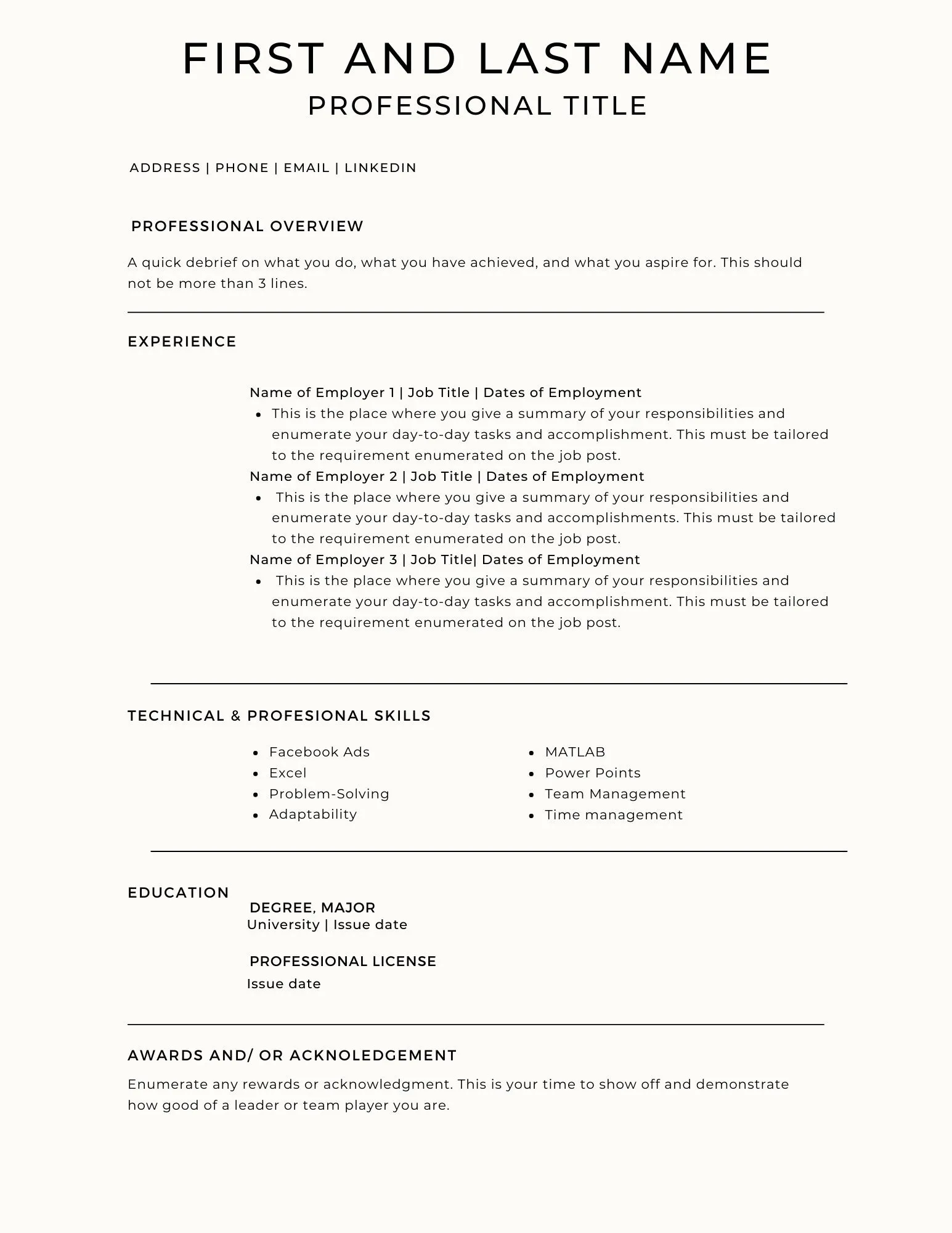
The opening paragraph is your first opportunity to captivate the hiring manager. It should immediately grab their attention and make them want to read more. Start with a strong statement about why you are interested in the position and the company. You could mention a recent company achievement or a project that excites you. Briefly mention how your skills and experience align with the job requirements. Avoid generic introductions; instead, tailor your opening to the specific role and company, demonstrating that you’ve done your research. Aim to hook the reader within the first few sentences to encourage them to delve deeper into your qualifications.
Highlighting Your Skills and Experiences
The core of your cover letter should highlight your relevant skills and experiences. Focus on the abilities and experiences that match the job description requirements, using keywords from the job posting. Provide specific examples that illustrate your skills and accomplishments. Instead of simply listing your responsibilities, describe how you used your skills to achieve positive outcomes or solve problems. Quantify your achievements whenever possible to demonstrate the impact of your work. Tailor these examples to align with the company’s needs and the specific role requirements showing how you can contribute to their success. By showcasing your skills in context, you make a compelling case for why you’re the right fit.
Quantifiable Achievements and Results
Show, don’t tell. Back up your claims with quantifiable results to prove your value. Use numbers, percentages, and data points to illustrate your achievements. Instead of saying “Improved customer satisfaction,” say “Increased customer satisfaction by 15% through implementing new feedback strategies.” Quantifying your achievements shows the impact you’ve made in previous roles. Highlight specific results that demonstrate your ability to drive positive outcomes, improve efficiency, or exceed expectations. This concrete evidence makes your cover letter more persuasive and shows you understand the value of measurable success. Quantifiable information is essential for making a lasting impression.
Demonstrating Company and Role Alignment
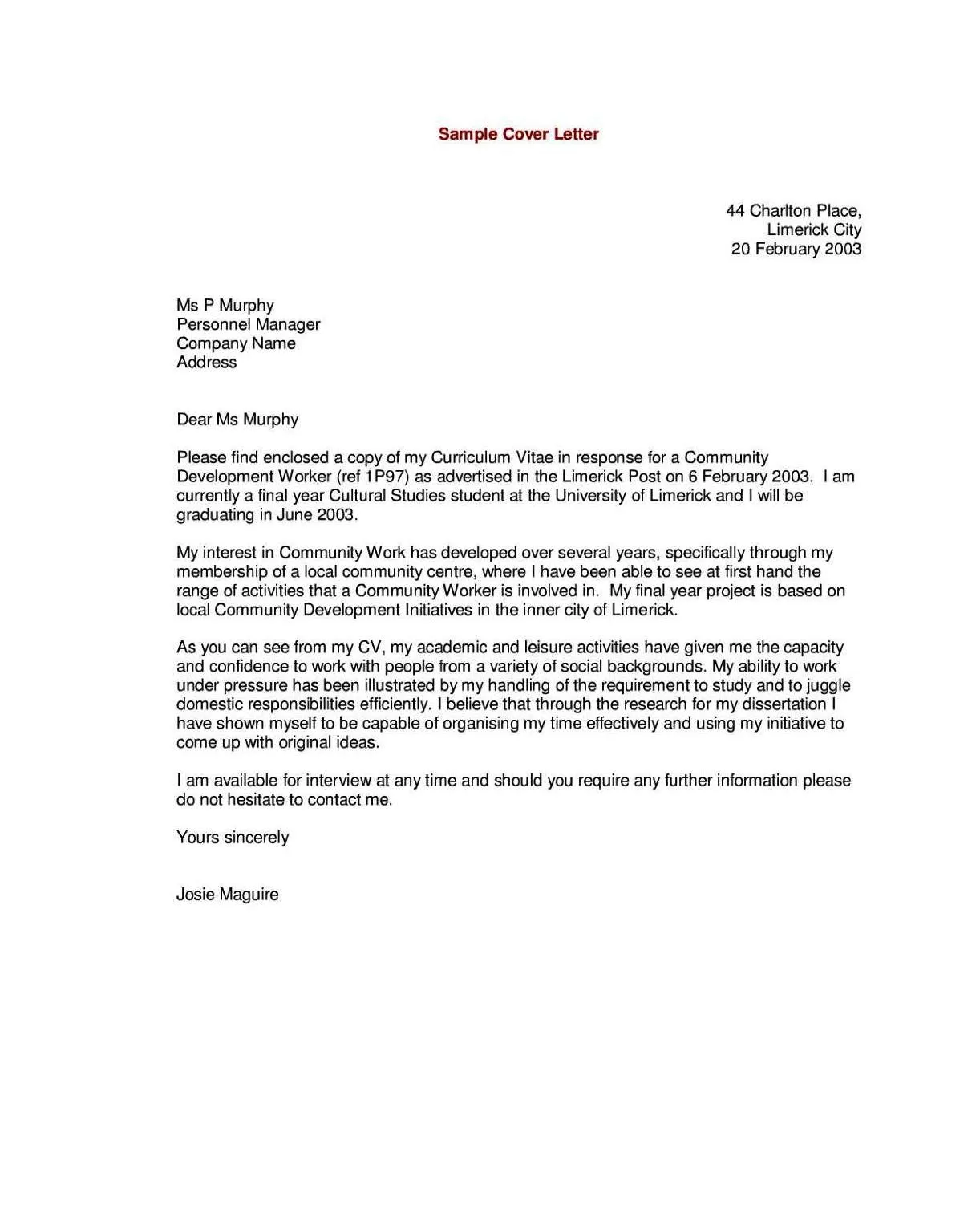
Demonstrate to the hiring manager that you have a clear understanding of the company and the specific role. Research the company’s mission, values, and recent achievements. Explain how your skills and experiences align with the company’s goals. Show that you have a genuine interest in the role and the company’s mission. Mention specific projects, initiatives, or aspects of the company that resonate with you. By demonstrating your knowledge of the company and role, you show your enthusiasm and that you have considered how you would fit into their culture and contribute to their success. This is crucial to proving your interest.
Expressing Enthusiasm and Suitability
Express your enthusiasm and reiterate why you are the ideal candidate. Clearly state your interest in the position and the company. Explain what specifically excites you about the opportunity and how your skills and experiences make you suitable. Emphasize any unique qualities or experiences that set you apart. Show that you’re not just qualified but also eager to contribute and grow within the company. Convey your excitement in a professional and sincere manner, demonstrating that you are passionate about the opportunity and motivated to succeed in the role. Enthusiasm is contagious, and it can make a real difference in setting you apart.
The Closing Paragraph Call to Action
End your cover letter with a strong call to action. Express your eagerness to discuss your qualifications further and reiterate your interest in the position. Include a statement requesting an interview and provide your contact information. Thank the hiring manager for their time and consideration. Avoid generic closings; instead, personalize your closing to reflect your enthusiasm and commitment to the company. This final statement ensures that you leave a lasting impression, demonstrating confidence and professionalism. Make it easy for the hiring manager to take the next step, signaling your proactive approach.
Proofreading and Editing Your Cover Letter
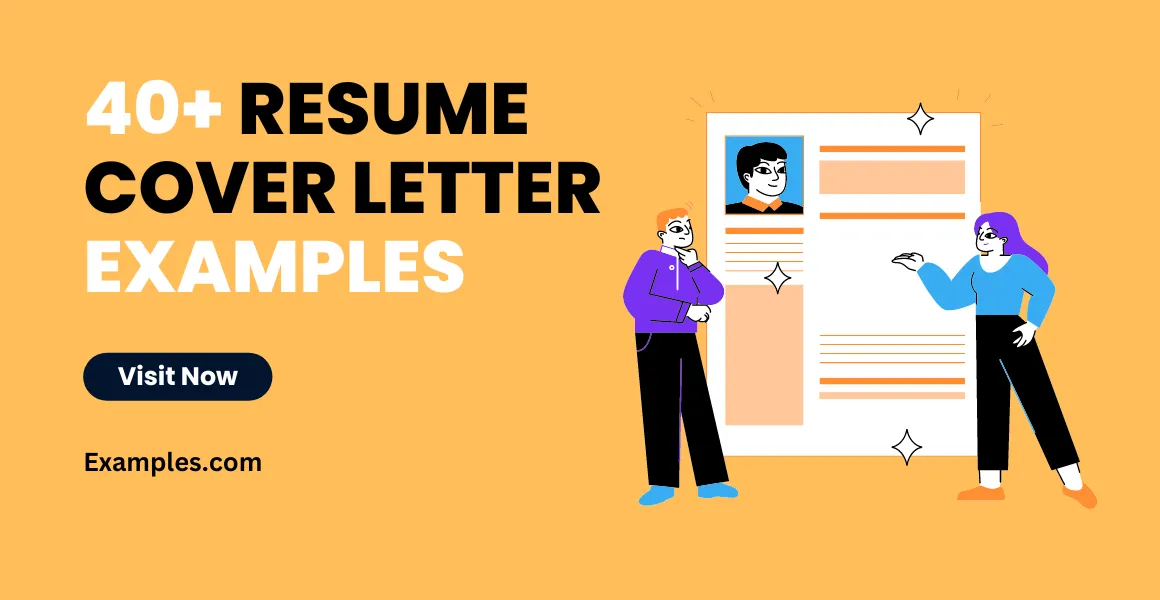
Before submitting your cover letter, thoroughly proofread and edit your work. Check for grammatical errors, spelling mistakes, and punctuation errors. Ensure your formatting is consistent and professional. Have a friend or colleague review your cover letter for clarity and accuracy. A well-proofread letter shows attention to detail and professionalism. Errors can create a negative impression and undermine your application. Take the time to refine your language and ensure your message is clear, concise, and impactful. A polished cover letter reflects your commitment to quality and increases your chances of success.
Formatting and Design Tips
Proper formatting and design can enhance the readability and visual appeal of your cover letter. Use a professional font like Times New Roman, Arial, or Calibri. Maintain consistent margins and spacing. Keep your cover letter concise, ideally one page. Use bullet points or short paragraphs to make your points easy to read. Ensure your formatting is clean and easy on the eyes. Avoid excessive use of bolding, underlining, or italics. A well-formatted cover letter is easier to read and makes a positive impression on the hiring manager. Consider using a template, but personalize it to make sure it fits your unique style.
